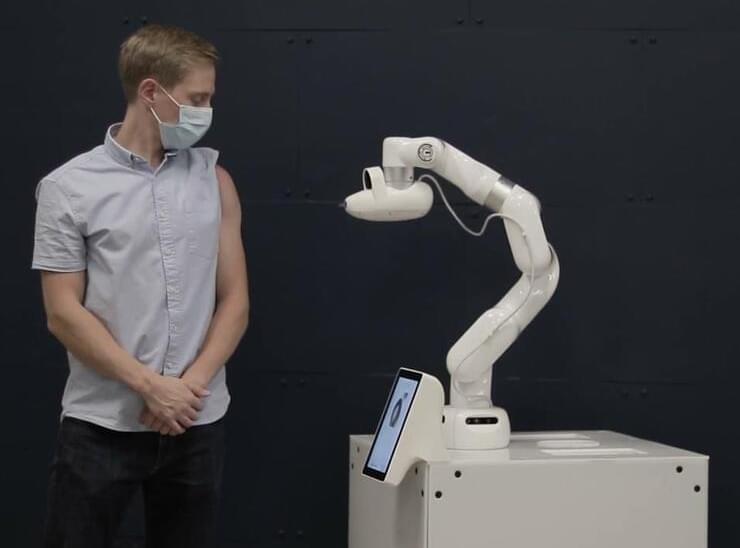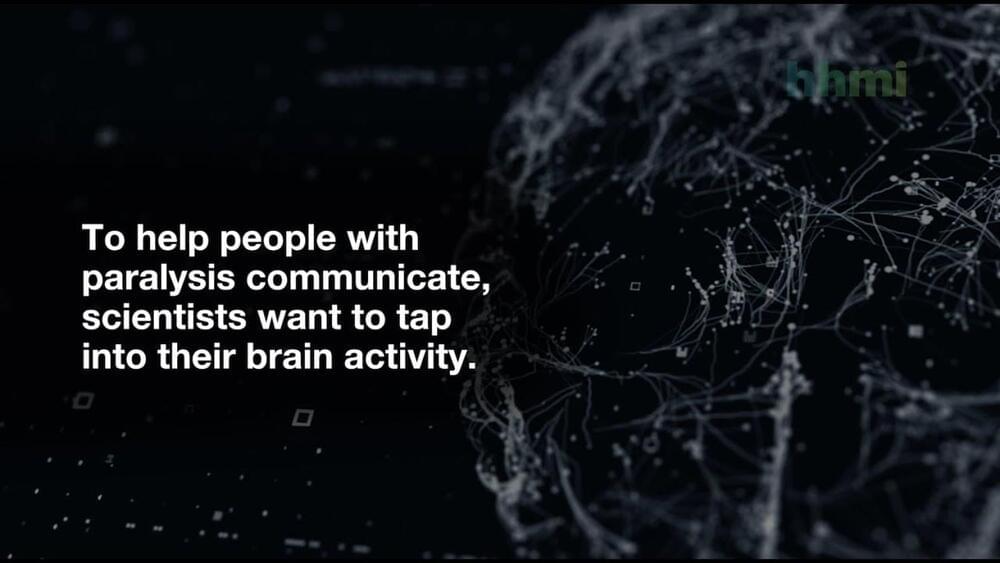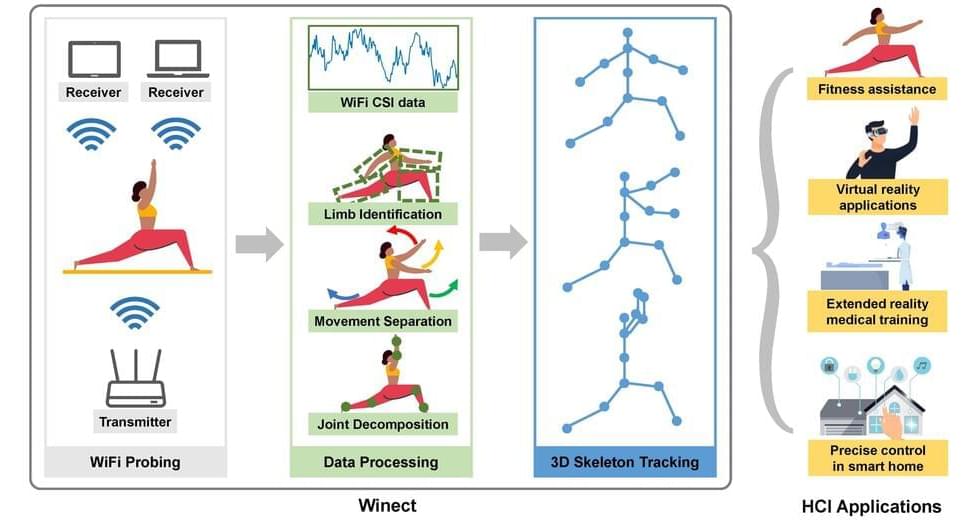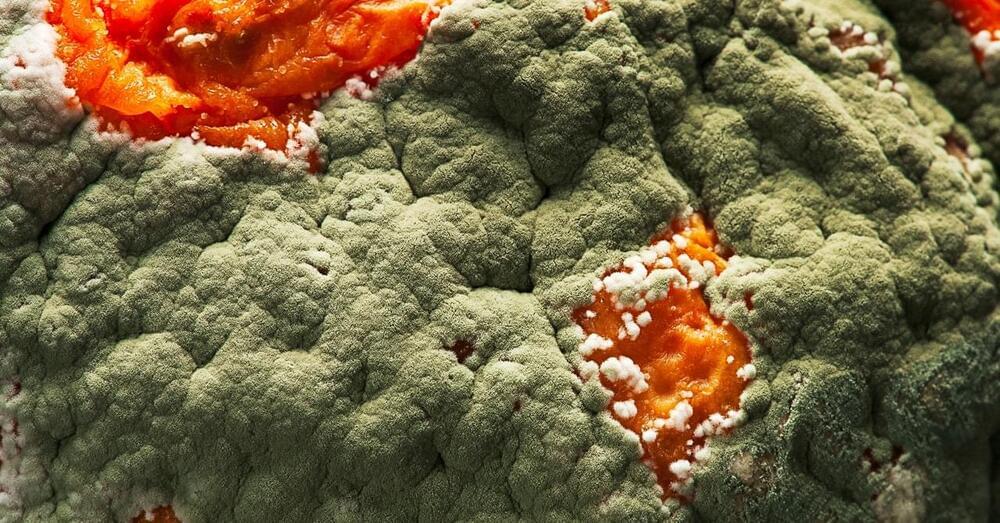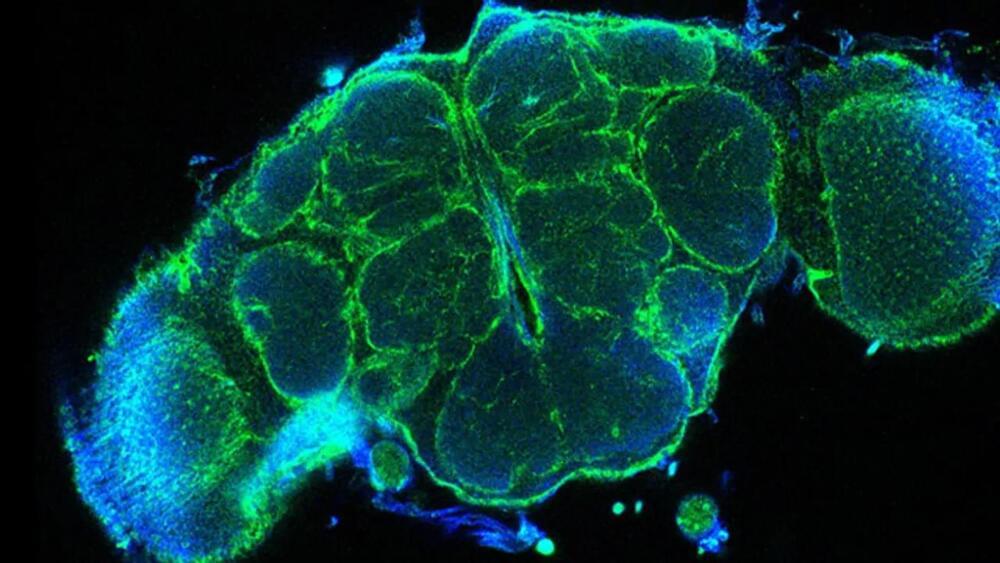Nov 9, 2021
Cellular aging: A basic paradox elucidated
Posted by Kevin Huang in categories: biotech/medical, genetics, life extension
In a study published in Nucleic Acids Research, the team of cancer researcher Francis Rodier, an Université de Montréal professor, shows for the first time that cellular senescence, which occurs when aging cells stop dividing, is caused by irreversible damage to the genome rather than simply by telomere erosion.
This discovery goes against the scientific model most widely adopted in the last 15 years, which is based on one principle: telomeres, caps located at the ends of chromosomes whose purpose is to protect genetic information, erode with each cell division. When they get too short, they tell the cell to stop dividing, thus preventing damage to its DNA. Made dormant, the cell enters senescence.
For this model to be valid, the inactivation of a single telomere should be sufficient to activate the senescence program. Rodier’s laboratory and many others had already observed that several dysfunctional telomeres were necessary.


